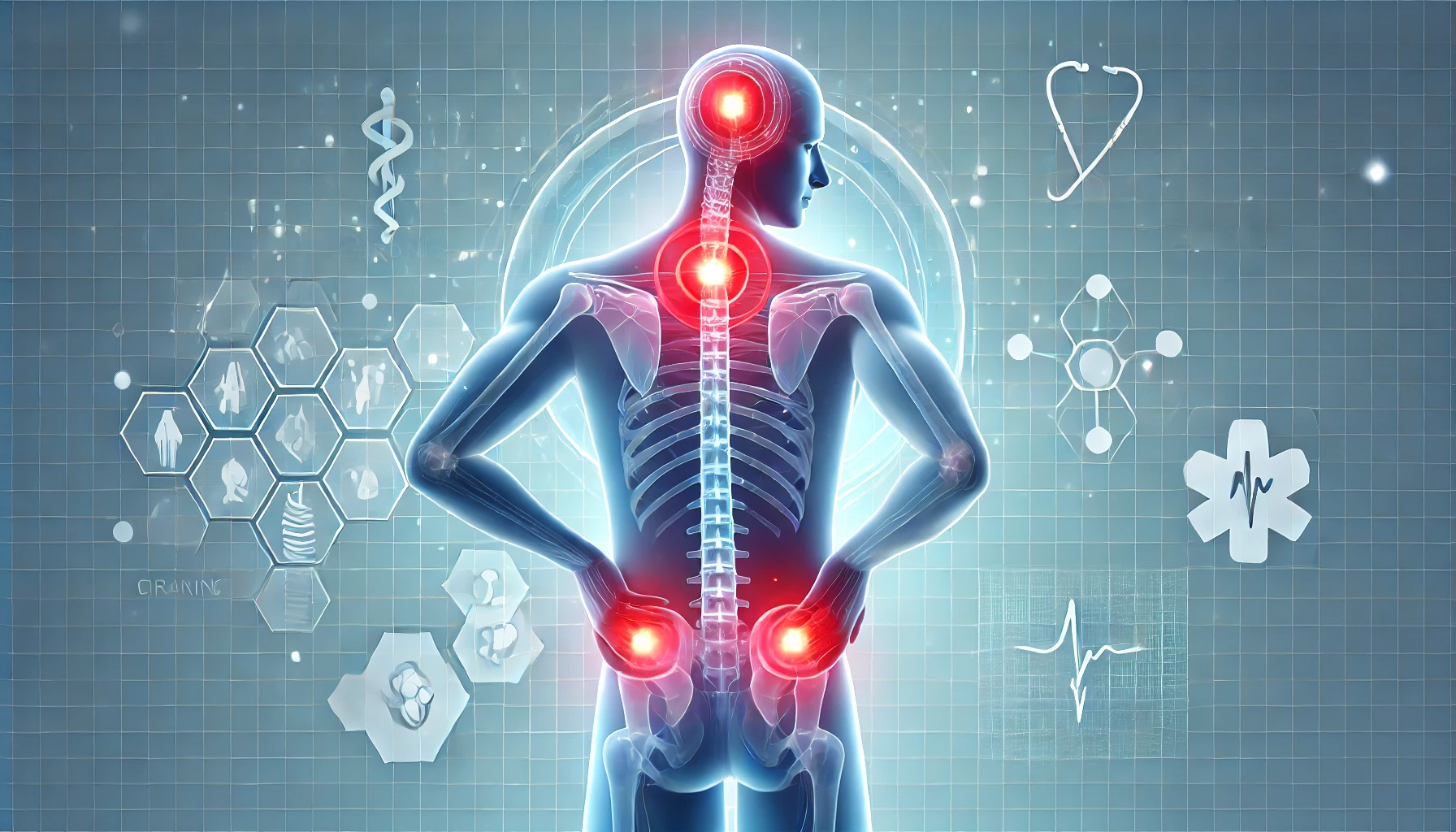Understanding Chronic Pain: It’s More Than Just a Symptom

Written by Dr Sushpa Das
What Is Chronic Pain?
Chronic pain is more than just lingering discomfort—it’s a complex condition that affects millions of people worldwide. Unlike acute pain, which signals an injury or illness and subsides with healing, chronic pain lasts for weeks, months, or even years. The constant nature of chronic pain can disrupt daily life, making even simple tasks feel overwhelming.
How Chronic Pain Differs from Acute Pain
- Acute Pain: Short-term and typically linked to an injury or illness. It resolves as the body heals.
- Chronic Pain: Lasts beyond the usual recovery period, often persisting for more than three months, even without an obvious cause.
Causes of Chronic Pain
Chronic pain can arise from various conditions, including:
- Nerve damage (Neuropathy): Conditions like diabetic neuropathy and sciatica can lead to chronic nerve pain.
- Autoimmune diseases: Disorders such as rheumatoid arthritis and lupus cause persistent inflammation and pain.
- Musculoskeletal disorders: Fibromyalgia, osteoarthritis, and chronic back pain are common culprits.
- Post-surgical or injury-related pain: Some individuals experience pain long after an injury has healed.
The Effects of Chronic Pain on Daily Life
Living with chronic pain affects more than just the body—it impacts mental and emotional well-being as well.
Physical Effects
- Reduced mobility and flexibility
- Fatigue and sleep disturbances
- Increased sensitivity to pain (central sensitization)
Emotional and Mental Health Effects
- Anxiety and depression
- Irritability and mood swings
- Social withdrawal and isolation
Chronic Pain Treatment Options
While chronic pain can be challenging to treat, a combination of approaches often provides the best relief.
Medical Treatments for Chronic Pain
- Medications: Pain relievers, anti-inflammatory drugs, and nerve pain medications.
- Physical therapy: Exercises that improve strength, mobility, and chronic pain management.
- Injections: Corticosteroid injections can reduce localized inflammation and pain.
Alternative and Holistic Treatments for Chronic Pain
- Mind-body therapies: Meditation, yoga, and cognitive behavioral therapy (CBT) help manage pain perception.
- Acupuncture: This traditional technique stimulates nerves and reduces pain signals.
- Dietary changes: Anti-inflammatory diets can help alleviate pain triggers.
Regenerative Medicine for Chronic Pain
Emerging treatments like stem cell therapy and platelet-rich plasma (PRP) therapy are gaining attention for their potential to repair damaged tissues and reduce pain.
Coping Strategies for Living with Chronic Pain
Managing chronic pain requires a proactive approach. Here are some practical strategies:
- Stay active – Gentle exercises like walking and stretching can help prevent stiffness.
- Practice stress management – Techniques like deep breathing and mindfulness can ease pain perception.
- Build a support system – Connecting with others who understand chronic pain can offer emotional relief.
- Seek professional help – Pain management specialists can tailor chronic pain relief strategies to your specific needs.
Final Thoughts
Chronic pain is not just a symptom—it’s a condition that affects every aspect of life. Understanding its causes, effects, and chronic pain treatment options empowers individuals to take control of their pain and improve their quality of life.
For more information on chronic pain management, visit Daradia: The Pain Clinic to explore advanced treatment options and expert care.
Sources:

